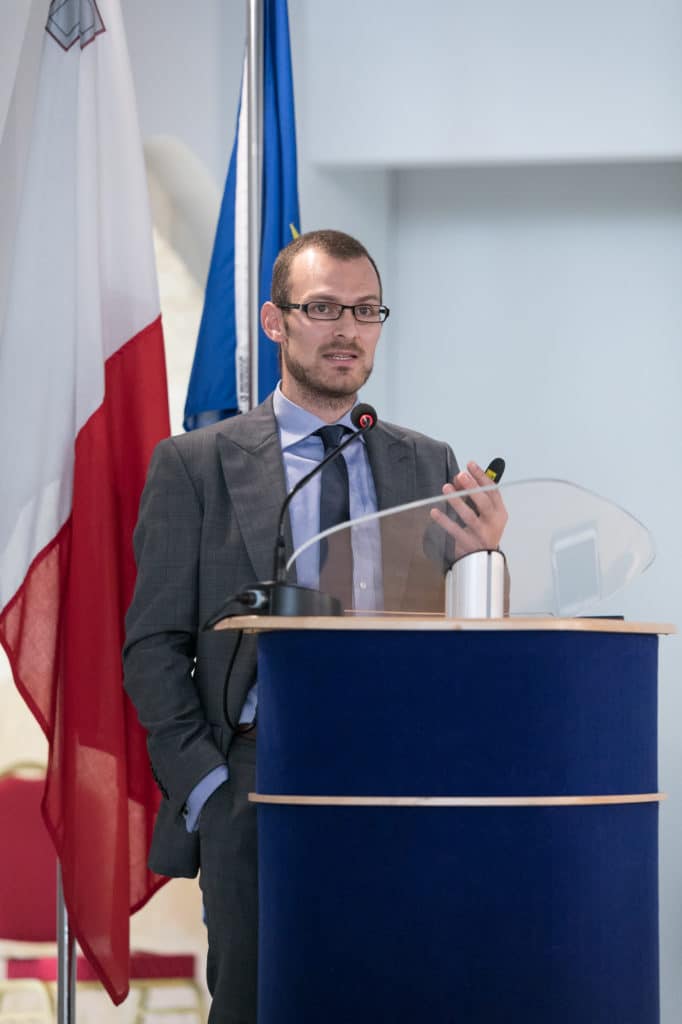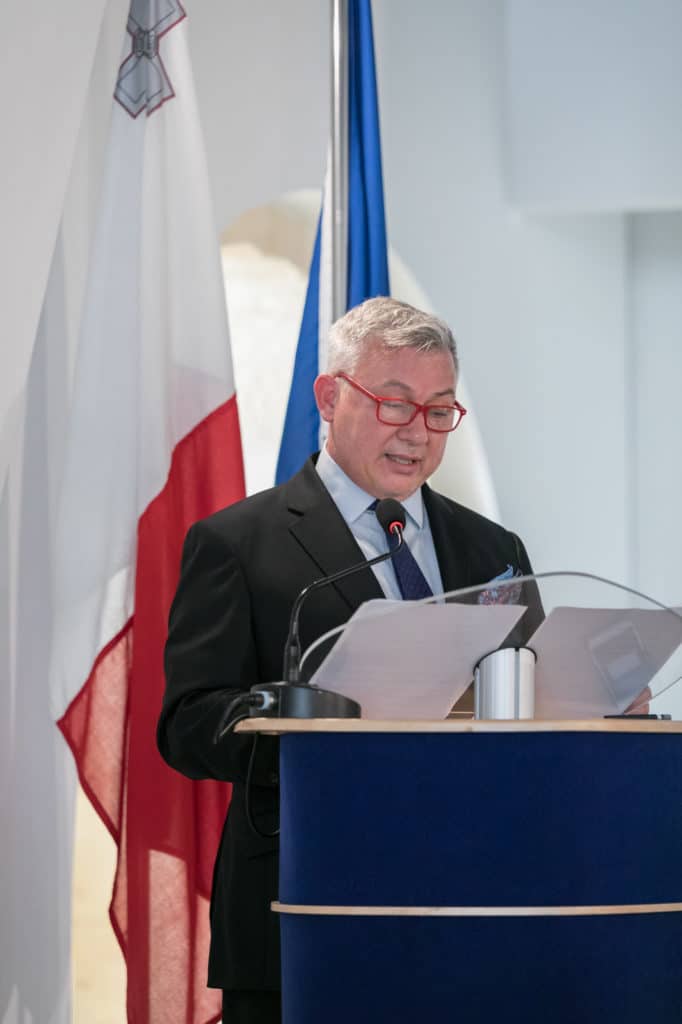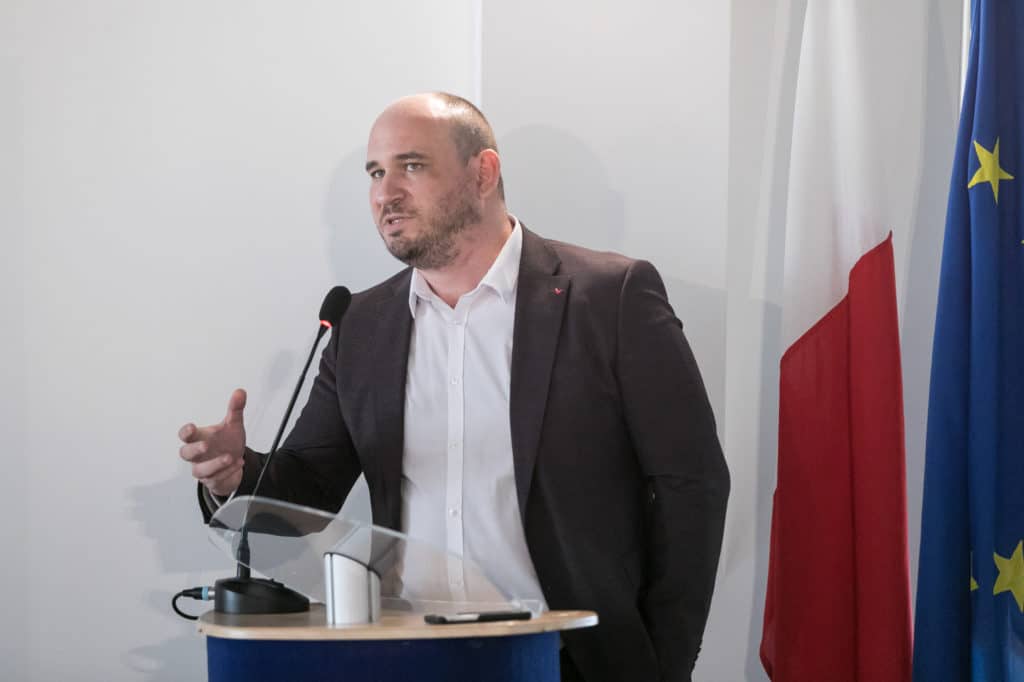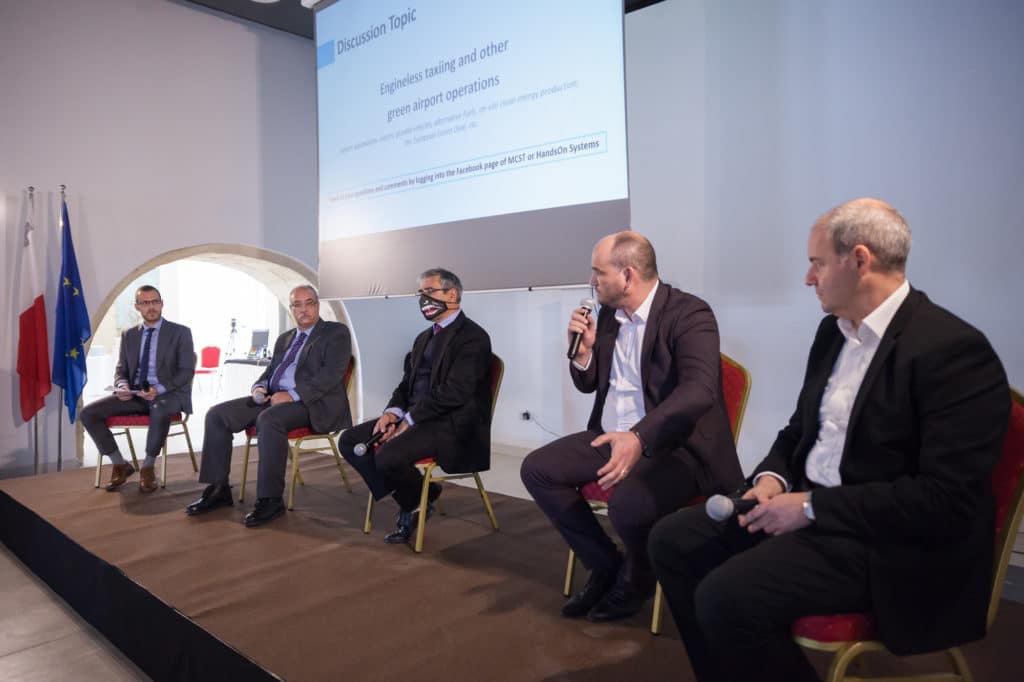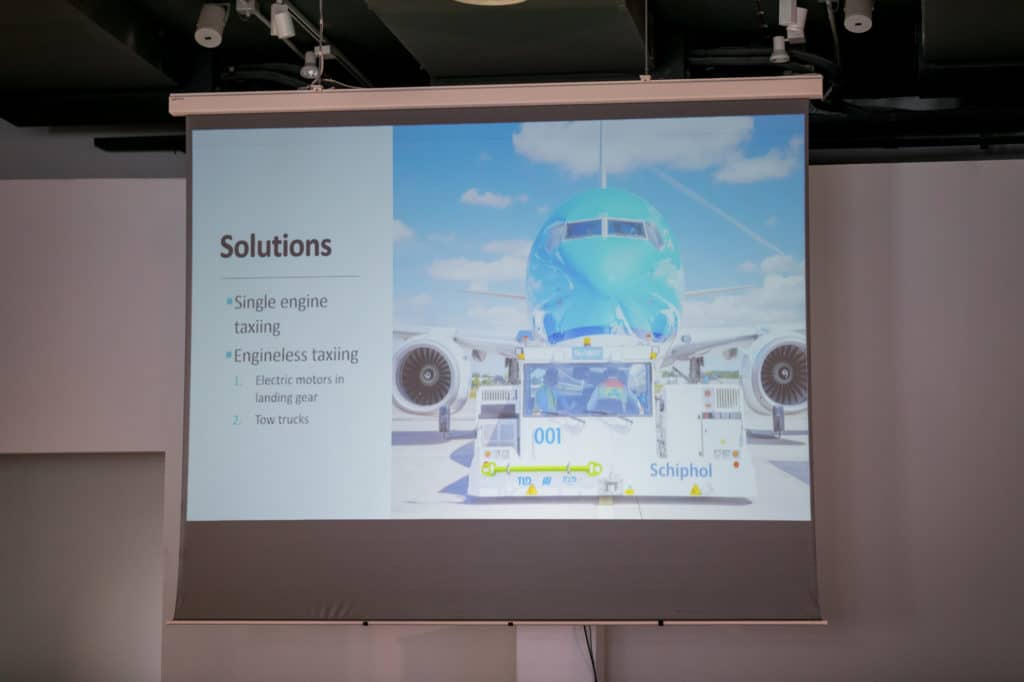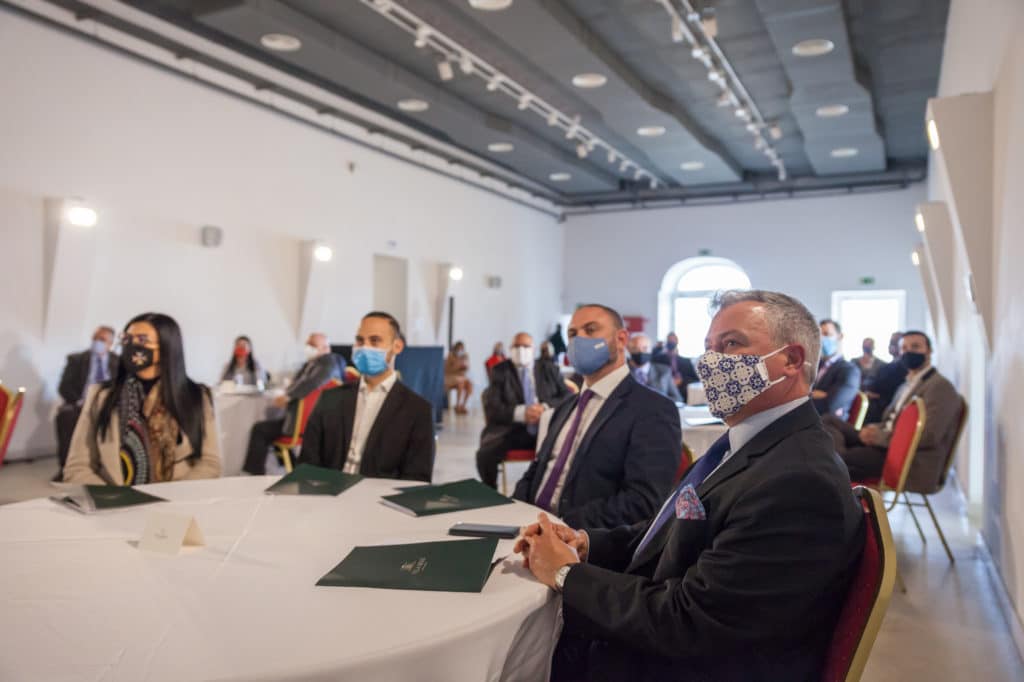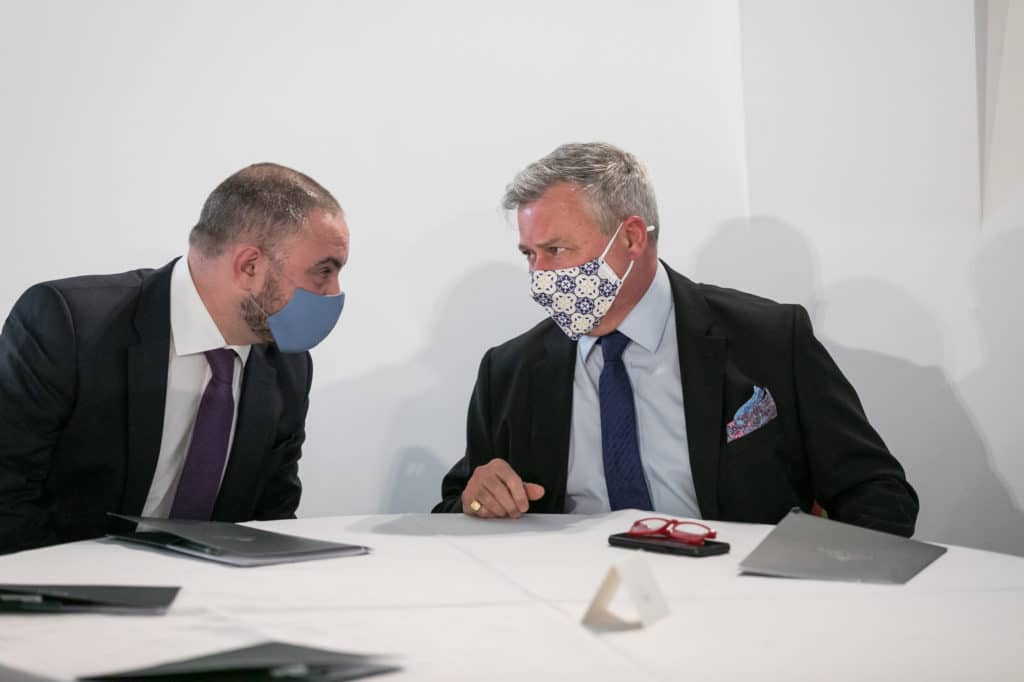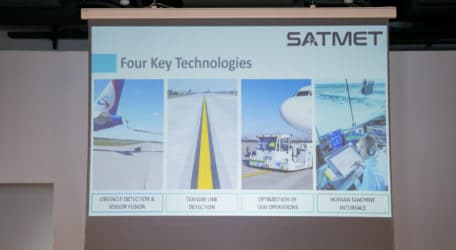
MCST grants €194,000 to local researchers for an innovative engineless taxiing solution for aircraft
SATMET: Situation Awareness and Traffic Management for Engineless Taxiing – a newly developed aerospace technology – was shared with stakeholders from the aviation industry and the public, during a half day dissemination event which took place at the Chaplain’s Hall at Esplora, Interactive Science Centre, Kalkara.
The SATMET project was led by the Institute of Aerospace Technologies at the University of Malta in collaboration with HandsOn Systems and Malta Air Traffic Services. The 30 month long project came to a close with today’s dissemination event and was funded by the Malta Council for Science and Technology through the FUSION: R&I Technology Development Programme.
Although the pandemic has impacted the aviation industry and airport operations in many ways, in general, the aviation industry is being driven to adopt more sustainable and environmentally-friendly technologies for all phases of flight, including ground operations. Currently, in most airports around the world, aircraft use very inefficient operations such as one or more of their main engines to move from the gate to the runway or vice-versa. This is especially evident at large airports such as Heathrow and Frankfurt, where taxi times greater than 20 minutes are normal.
The SATMET project developed an innovative solution for engineless taxiing based on the use of self-driving electric tow trucks to tow aircraft between the gate and the runway. This means that the aircrafts’ engines can remain off during taxiing, thus reducing emissions, noise, brake wear and maintenance costs. The solution has the potential to improve safety at the apron because all engines are off and no jet blast is produced.
The researchers were faced with a number of operational challenges during the process, such as keeping the tow trucks ‘aware’ of their surroundings, ensuring that the tow trucks can navigate on their own and tow aircraft safely in an airport environment. A second main challenge was to manage a fleet of tow trucks. The tow trucks need to be managed in an efficient manner to minimise delays and prevent traffic conflicts. This must be done in synchronicity with Air Traffic Control (ATC).
Project leader Dr Ing. Jason Gauci said that although faced with challenges the project outcomes were very promising. The consortium came up with algorithms to allocate tow trucks to arriving and departing aircraft and to compute conflict-free taxi routes between aprons and runways; Algorithms able to fuse data from multiple sensors (LIDAR and stereovision) to detect and track obstacles – including vehicles and stationary objects – around aircraft and tow trucks; Image processing algorithms to detect and track taxiway line markings, and to assess the position of aircraft and tow trucks relative to the centre of a taxiway; and a Graphical User Interface that can be used by ATC to monitor the state of each aircraft and tow truck and to interact with the technology for example to modify routes. The highlights of the SATMET technologies were presented to the participants. An interactive panel discussion took place with those present during the event.
Dr. Jeffrey Pullicino Orlando, MCST Executive Chairman said that “The Malta Council for Science and Technology has been given a mandate to offer support not only to academic institutions, but also to private and public entities which foster research and innovation to drive international competitiveness. To date we have granted 11 million Euro in funding to enable researchers and innovators to tackle ambitious and challenging areas. We are very optimistic that our investment in the rising stars of research and innovation will not only enhance the research talent pipeline in our country, but will also continue to support those who are determined to solve the most difficult questions – whether these are in frontier science, our changing economy or our evolving society.”
The Hon. Owen Bonnici, Minister for Research, Innovation and the Co-ordination of post COVID-19 Strategy,congratulated the project lead entity, as well as their partners for the progress in a project that is shortly coming to a successful end. “Investment in Research and Innovationto generate economic wealth,” continued Minister Bonnici, “as well as the formation of consortia between public and private entities are of utmost importance. Transfer achieved in both directions within a consortium, is crucial to concretising research to deliver solutions to challenges faced not only within science, but within economic growth and competitive impact.”
- December 12, 2020 No comments Posted in: Press Launches Tags: SATMAT

